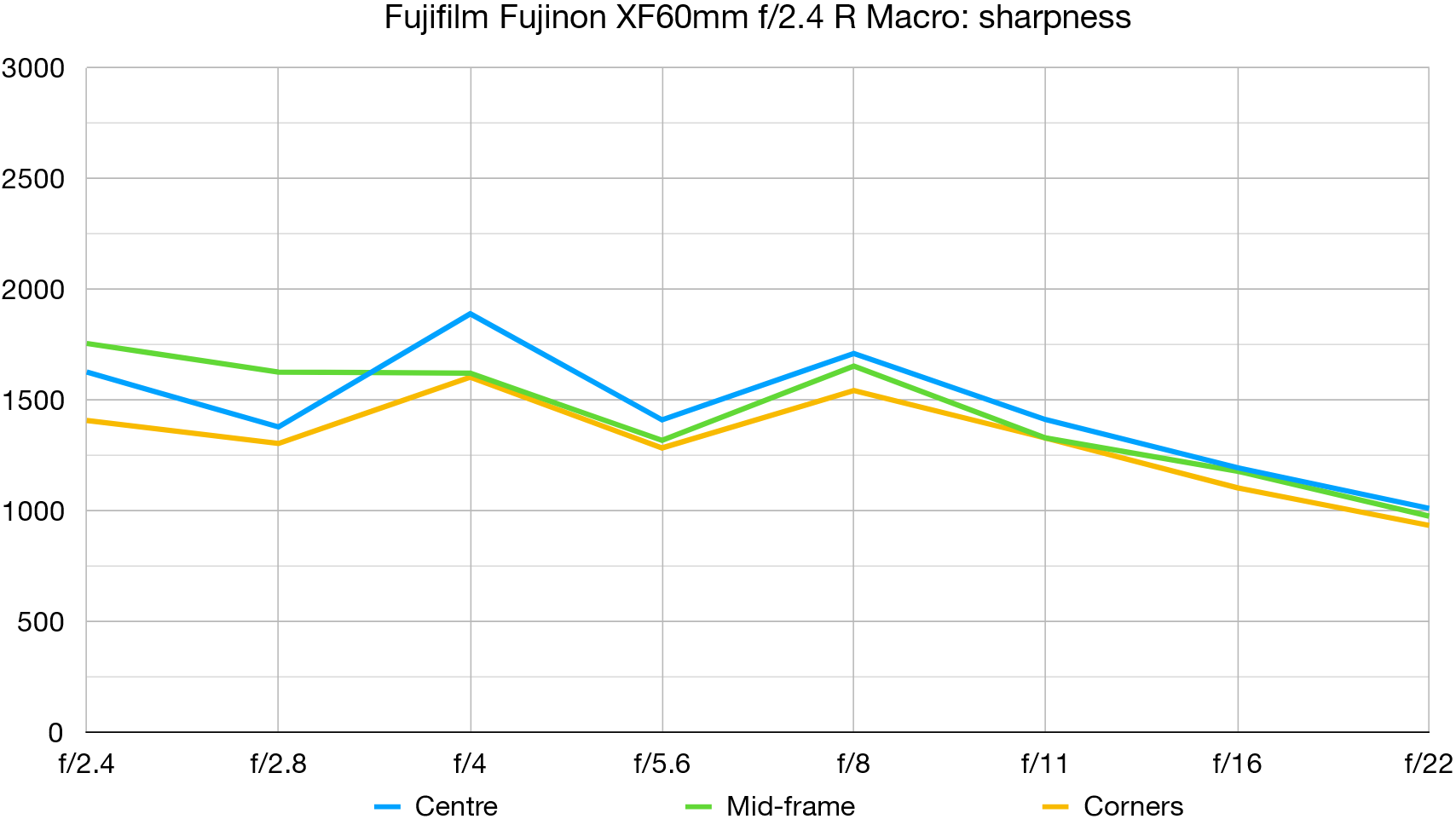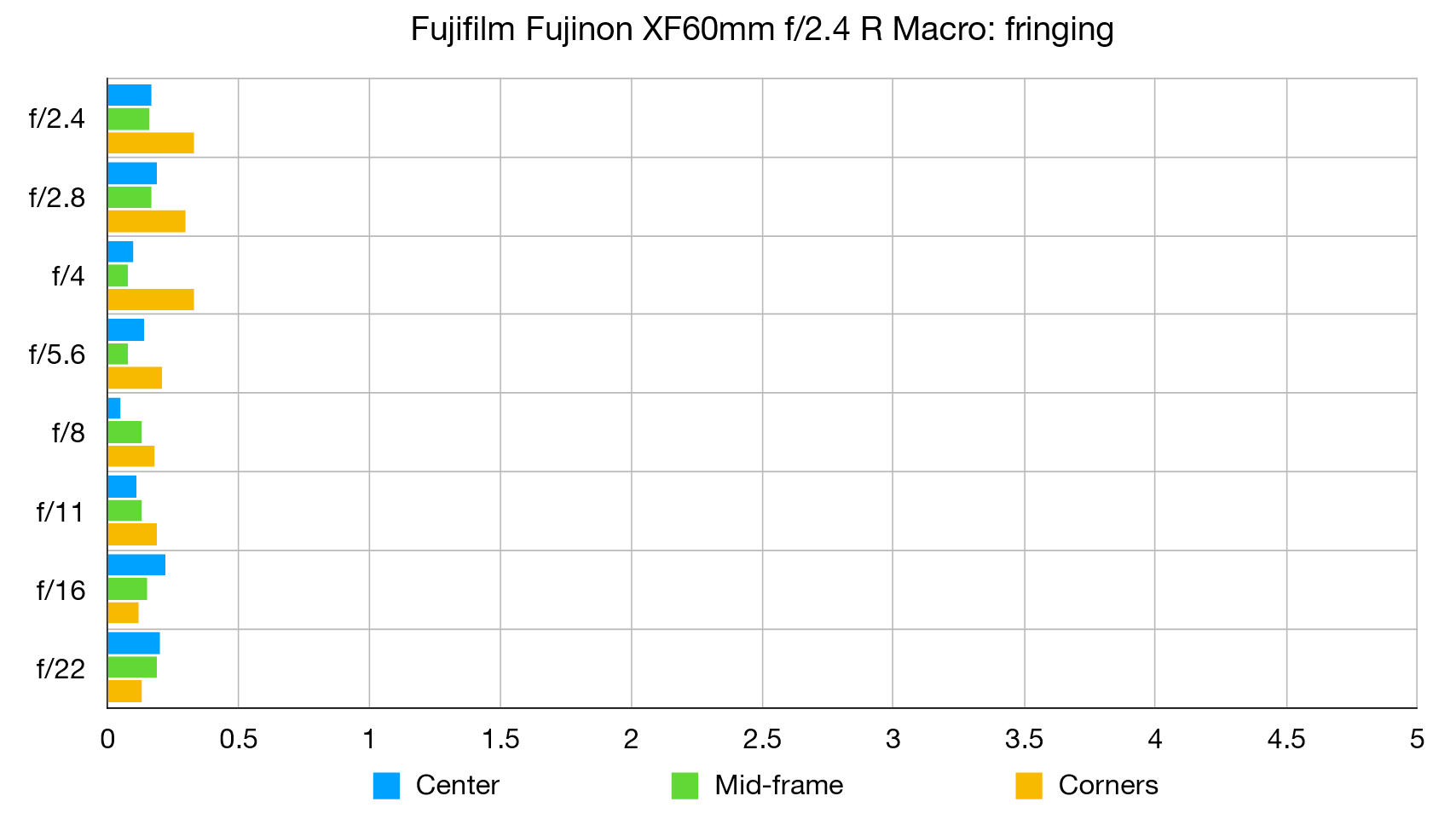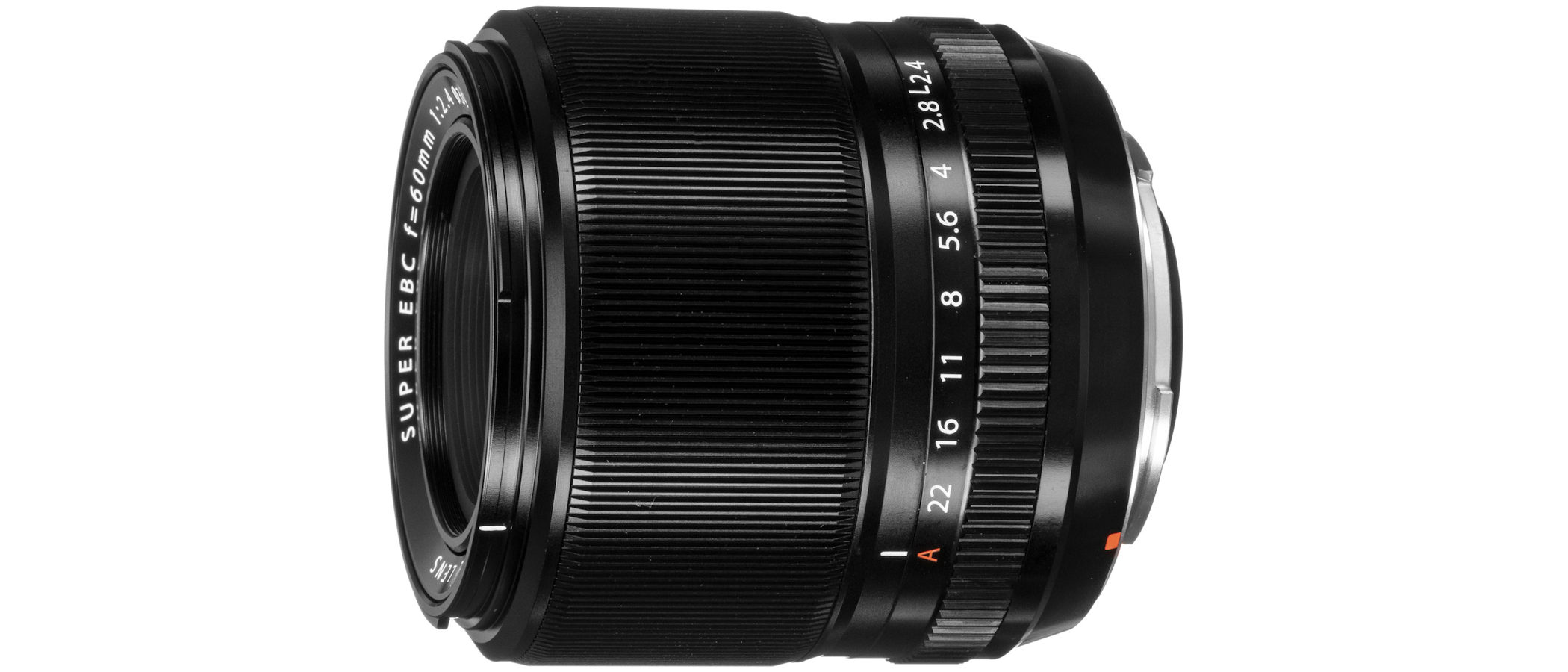Digital Camera World Verdict
This dual-purpose Fujinon lens works well for portraiture as well as for extreme close-ups. With an effective focal length of 90mm and a fairly fast f/2.4 aperture rating, it’s arguably better for the former than the latter, as the maximum macro magnification at the closest focus distance of about 10.5 inches is only 0.5x, compared with the full 1.0x of most macro primes lenses. Also, the inner barrel extends as you reduce the focus distance from infinity, eating into your working distance for macro shooting.
Pros
- +
Good build quality
- +
Aperture control ring
- +
Pleasing image quality
Cons
- -
Only 0.5x maximum magnification
- -
Autofocus can be slow for close-ups
- -
Inner barrel extends at closer focusing
Why you can trust Digital Camera World
The Fujinon XF60mm f/2.4 R Macro is one of Fujifilm’s longest-running lenses for its X-mount cameras. Due to the APS-C format crop factor of 1.5x, it’s like using a 90mm lens on a full-frame camera. It also makes the modest 0.5x maximum macro magnification less of a problem, as magnification is also effectively magnified to 0.75x in practical terms.
Specifications
Mount: Fujifilm X
Full frame: No
Autofocus: Yes
Stabilization: No
Lens construction: 10 elements in 8 groups
Angle of view: 26.6 degrees
Diaphragm blades: 9
Minimum aperture: f/22
Minimum focusing distance: 0.267m
Maximum magnification ratio: 0.5x
Filter size: 39mm
Dimensions: 64x71mm
Weight: 215g
Key features
Typical of Fujinon R-series X-mount lenses, this one is well built and has a high-quality feel. As an ‘R’ lens it has an aperture control ring, giving you the option of adjusting the aperture from the host camera body or on the lens itself. It operates with the usual one-third f/stop click steps but there’s no de-click option for stepless aperture control when shooting video.
The optical layout includes one aspherical element and one ED (Extra-low Dispersion) element, aiming to boost sharpness, clarity and color accuracy. Super EBC coating is also applied to minimize ghosting and flare.
As we’ve already mentioned, the maximum magnification ratio of just 0.5x is disappointing for a ‘macro’ prime but certainly not uncommon, as also featured in some of Canon’s recent ‘Macro’ primes for EOS R mirrorless cameras.
Performance
Autofocus is fairly fast and quiet in general shooting but there can be a noticeable slowdown when shooting extreme close-ups. Again, this is far from uncommon when using macro lenses. There’s no autofocus range limiter switch, so the lens is liable to hunt through the complete range in tricky conditions. Sharpness scores in our lab tests had a bit of a yo-yo effect through the aperture range but, helped by in-camera firmware corrections, color fringing and distortion are non-issues
Lab results
We run a range of lab tests under controlled conditions, using the Imatest Master testing suite. Photos of test charts are taken across the range of apertures and zooms (where available), then analyzed for sharpness, distortion and chromatic aberrations.
We use Imatest SFR (spatial frequency response) charts and analysis software to plot lens resolution at the center of the image frame, corners and mid-point distances, across the range of aperture settings and, with zoom lenses, at four different focal lengths. The tests also measure distortion and color fringing (chromatic aberration).
Sharpness:

Center-sharpness bounced up and down in yo-yo fashion in our lab-tests, as we reduced the aperture in single f/stop increments from f/2.4 to f/11. There’s a gradual drop-off from f/11 to f/22 due to diffraction. Levels of sharpness in the mid area and towards the edges and corners proved both very good and much more consistent throughout the aperture range.
Fringing:

There’s virtually no color fringing to be seen anywhere in the frame from the center to the extreme edges and corners, at all apertures.
Distortion: 0.23
It’s behaves virtually like a zero-distortion lens. As with color fringing, automatic in-camera corrections flatter the results, which is increasingly common in the mirrorless domain.
Verdict
This dual-purpose Fujinon lens works well for portraiture as well as for extreme close-ups. With an effective focal length of 90mm and a fairly fast f/2.4 aperture rating, it’s arguably better for the former than the latter, as the maximum macro magnification at the closest focus distance of about 10.5 inches is only 0.5x, compared with the full 1.0x of most macro primes lenses. Also, the inner barrel extends as you reduce the focus distance from infinity, eating into your working distance for macro shooting.
Read more:
• Best camera lenses to get
• Best Canon lenses
• Best Nikon lenses
• Best Sony lenses
Matthew Richards is a photographer and journalist who has spent years using and reviewing all manner of photo gear. He is Digital Camera World's principal lens reviewer – and has tested more primes and zooms than most people have had hot dinners!
His expertise with equipment doesn’t end there, though. He is also an encyclopedia when it comes to all manner of cameras, camera holsters and bags, flashguns, tripods and heads, printers, papers and inks, and just about anything imaging-related.
In an earlier life he was a broadcast engineer at the BBC, as well as a former editor of PC Guide.


